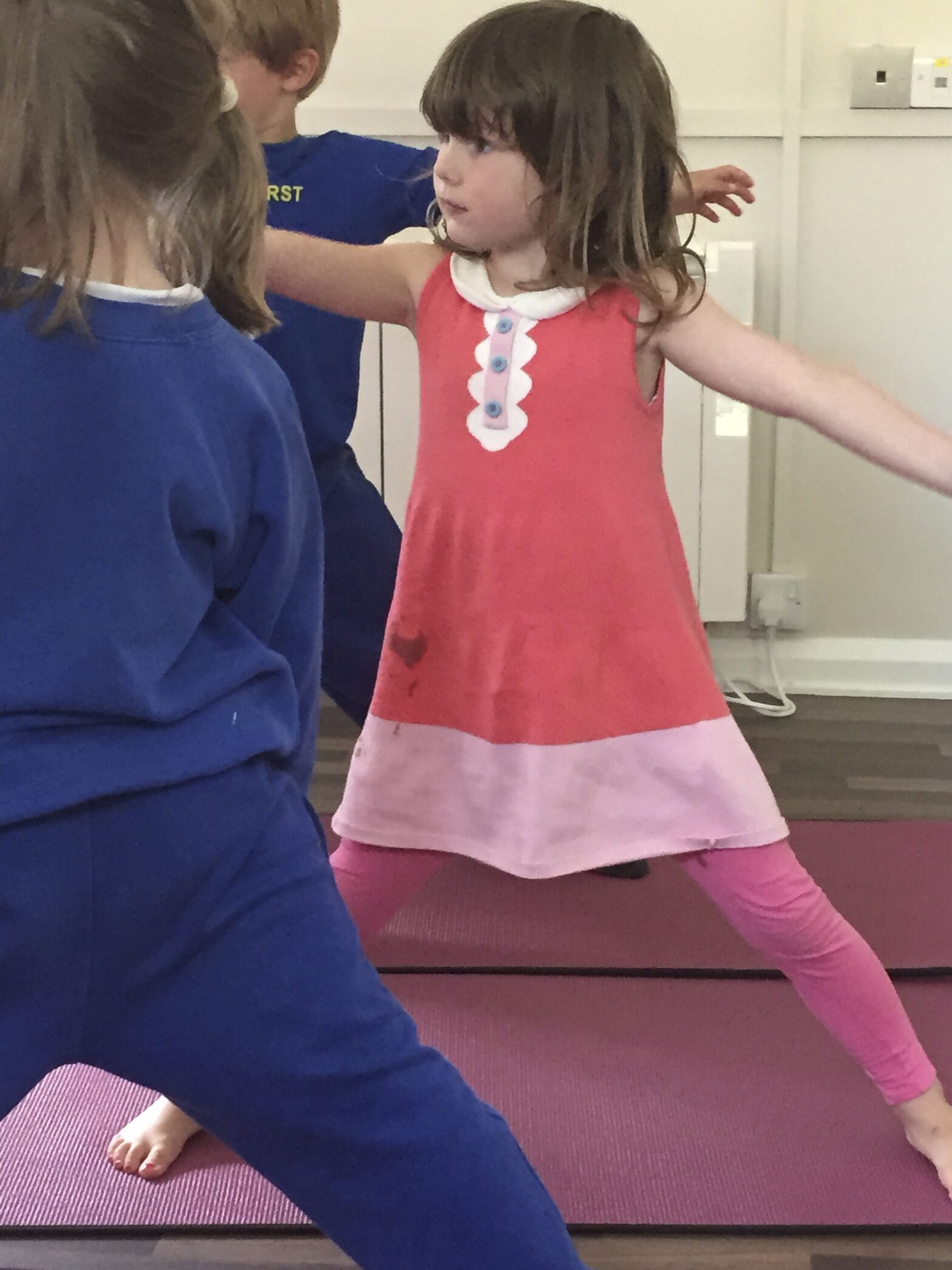Preparing our children’s posture for the perfect screen-life balance
In every generation there’s hype around a health scare. For millennials, “cancer” seems to be the big buzzword. But what about our children? We live in an age of multiple screens, and shockingly, in the UK, children aged three to four already spend three hours a day in front of a screen (rising to over four hours for seven-year-olds and over six hours for teenagers).
The truth is, if screen consumption continues to increase at the current rate, there’s a real danger of our children developing posture-related problems in the future.
As screens become an inevitable part of daily life – not just to entertain but also to educate – it’s time we looked at how to manage this as part of a healthy lifestyle, before it’s too late. So how can we protect the next generation?
- Sit up and adopt a ‘double S’
Without being aware, our tendency when viewing screens is to slouch down in hunched positions, which causes problems with our lower back and neck. Sitting with a rounded upper back while holding our head forward puts a great deal of pressure on our lower vertebrae, which begin to degenerate over time as our intervertebral discs are unable to cope with the load. Sitting up straight so the spine takes on a ‘double S’ form will ensure optimal pressure as the weight is spread evenly throughout the length of the vertebrae, which will in turn promote a much better posture as a result.
- Strike a balance
We talk about ‘mindful eating’ these days, but perhaps we should also adopt ‘mindful screening’. We can start doing this by restricting viewing time and also by introducing screen breaks. According to the Institute for Health and Care Excellence, children should have TV-free days, and any viewing time should be limited to two hours. Meanwhile, leading psychology experts recommend building in frequent breaks in viewings – e.g. one hour of viewing followed by one hour away from the screen – to prevent the brain becoming overstimulated and tackle screen addiction.
You can also use apps – such as OurPact, KidChrono and ScreenLimit – to limit your little one’s screen time, or to whitelist educational programmes, apps and websites. Some devices, for example the Amazon Fire for Kids, already has this type of software built in.
- Change it up
Screen time can be a saviour for parents of hyperactive children and while it might be tempting let them sit still for a few minutes so you can finally put the washing on or make dinner, don’t let them get too comfortable! Encourage your little ones to change their sitting position every ten minutes, or switch chairs, or even sit on a ball if you have one. Remind them to sit up straight, and to stand straight, and encourage them to think about why a healthy posture is important for their physical wellbeing.
Children spend a lot of time sitting down during the day, from lesson-time at school, to homework or screen-time at home, and even during some of their playtime. So when they are busy working or playing away from the screen, introduce some standing positions throughout each activity.
- Poise your devices for a healthy posture
Screen position can have a significant effect on our posture, so to prevent back and neck pain, ensure the screen is directly in front (not to the left or right); at least an arm’s length away; and importantly, at eye level (our eyes should be in line with a point on the screen which is approximately 5-6 cm from the top of the device or casing). You may need to place books or a stand underneath to elevate the screen to the correct position.
- Encourage Exercise
In today’s screen-dominated world, there’s no getting away from them completely (unless of course we choose to go “off grid” on an internet-free holiday). But there are ways we can counter the physical effects of screen use and improve our postures. We all know exercise is great for a healthy mind and body, and there’s no harm in encouraging this ethos from a young age. Exercises such as yoga and tai chi are a great way of keeping our posture in check. Pilates is also great at improving spine health at any age, as it promotes a neutral alignment of the vertebrae as well as strong postural muscles, both of which are especially important in growing children.
So there we have it – as screens steadily creep into to all of our lives, getting children into good viewing habits at a young age will stand them in good stead for the future, quite literally!
